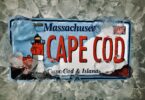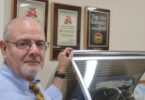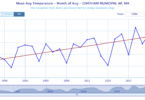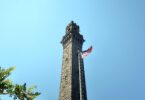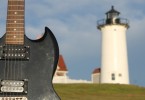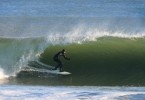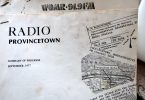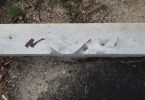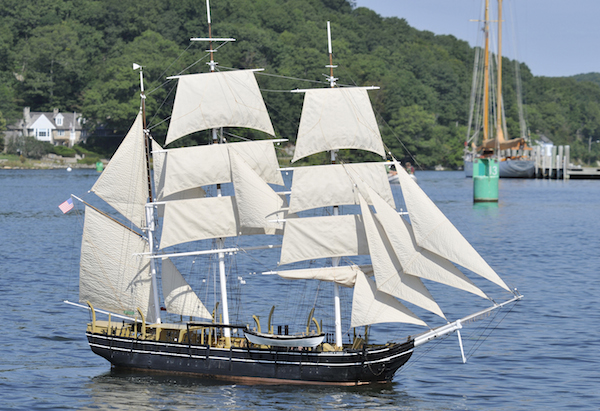
COURTESY OF WOODS HOLE MUSEUM
Sailing in Woods Hole’s Eel Pond is a model of the “Charles W. Morgan,”America’s last whaling ship, was built by modeler Bill Huizing of New Jersey.
WOODS HOLE – Model boat builders have a saying. The hobby takes the patience of a saint, the hands of a surgeon, the eye of an eagle and the ability to swear like a sailor.
That’s according to Alan Lunn of Sippewissett, a boat builder who also builds models.
Lunn, 86, said historical detail is a critical part of model boatbuilding. Model builders like Lunn, who builds from scratch, use plans from the actual boat but then they have to do further research on details. Getting those details right is a point of pride.
“This model building has taken me down some strange streets looking for details,” Lunn said.
Lunn is among the dozens of model ship builders who will be on hand at the Woods Hole Model Boat Show on April 18 and 19.
The biennial event, which is in its tenth year, takes over the village of Woods Hole, filling seven separate buildings with models, exhibits and displays. Among the high points of the show are model boat races in Eel Pond. The show takes place Saturday, April 18 from 9 a.m. to 4 p.m. and Sunday, April 19 from 9 a.m. to 3 p.m.
(To see a slideshow of what’s happening at this year’s Woods Hole Model Boat Show, click here.)
Jennifer Gaines, executive director of the Woods Hole Historical Museum, which puts on the show, said it started with an idea by the late Paul Ferris Smith, a founder of the museum and a boat enthusiast.
Smith had built a few models himself and those will be on display at the show among dozens of others brought by more than 50 model boat builders from throughout the region.
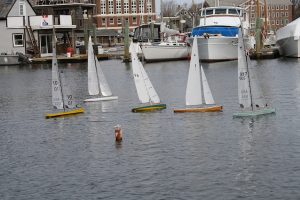
COURTESY OF WOODS HOLE HISTORICAL MUSEUM
Model boats race in Woods Hole during the Woods Hole Model Boat Show.
Gaines explained that there are three major types of boat models: static models, which do not go in the water; pond models, which can sail in the water but do not have electricity and are controlled by using a long stick; and radio-controlled models, which can sail in the water and are powered and controlled by electricity.

